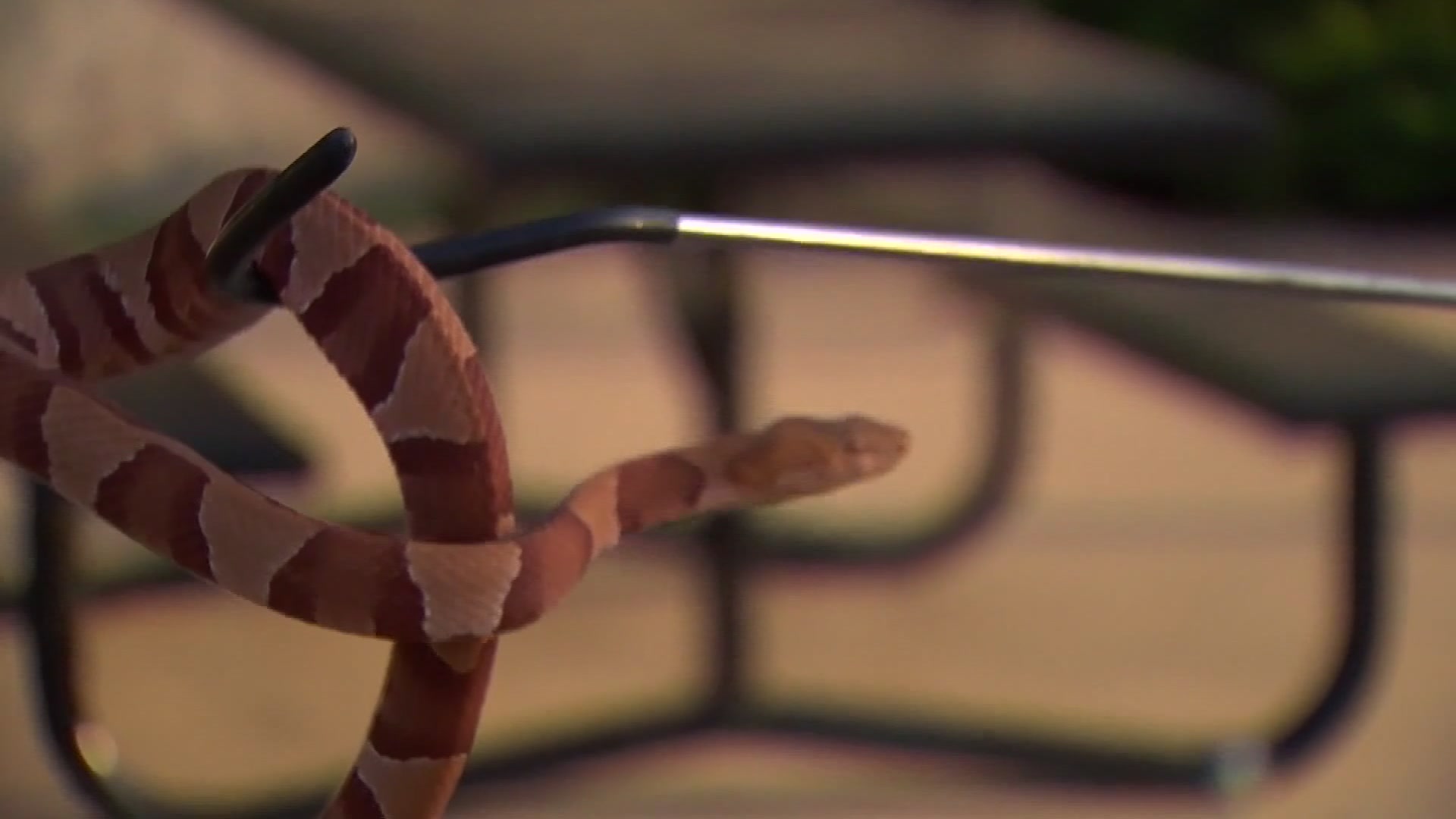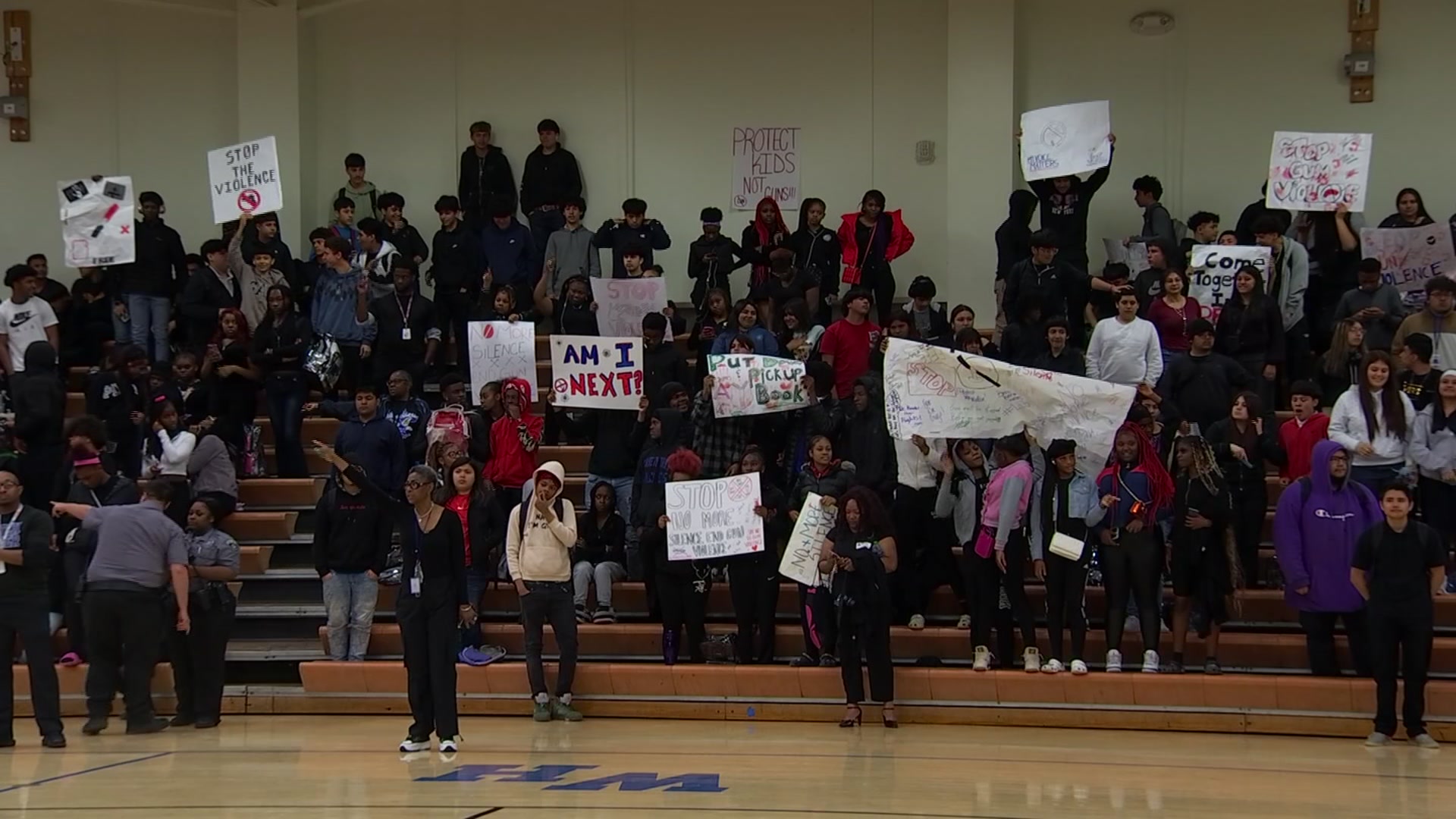The wife of Dallas Cowboys owner Jerry Jones waited five years for a piece of art big enough to hold its own outside the team's mammoth $1.2 billion stadium.
Gene Jones found the answer without even seeing it in person.
She said pictures of Anish Kapoor's "Sky Mirror" were all she needed to settle on what would become the 16th commissioned piece for the National Football League team's signature home, which opened in 2009.
The concave disc covered in polished steel had temporary homes in New York, London and Sydney before getting a permanent spot in a black granite fountain outside the huge sliding glass doors on the east side of the stadium.
At 35 feet (11 meters) in diameter, the piece sits at an angle similar to a satellite dish. Moving clouds are reflected from the side facing the sky, while the underside gives fans contorted reflections of themselves, with the stadium in the background.
Jones became intrigued by Kapoor's work through the British-based artist's hugely popular "Cloud Gate" at Millennium Park in Chicago -- nicknamed "The Bean." Although the bean-shaped sculpture is much bigger than the piece at Jones' stadium, the concept is the same -- polished steel with image contortions that make for interesting selfies and other good photo ops.
"I actually got to go to Chicago and see it," Jones said. "I loved it even more so it's been in the back of my mind, something that would be a dream come true if we could have something similar to that."
Local
The latest news from around North Texas.
The Jones family decided before even building the stadium that artwork would be an important part of the numerous clubs, stairways and plazas under the retractable roof. Gene Jones' long-sought outdoor piece is No. 56 for the futuristic, spaceship-looking stadium.
It took about a year to come together, with Jones and Kapoor discussing the possibility and the artist visiting the stadium in January to check out the plaza where the piece now sits. He liked what he saw.
"I hoped it would work," Jones said. "It needed his blessing, of course."
After the unveiling last weekend, before the first game of the season, Kapoor said "there was some question about whether a work would sit outside in the context of the scale of the stadium. I think the scale's correct."
As daylight turned to dusk that evening, Kapoor's piece almost blended into its surroundings, making it hard to tell what was a reflection and what wasn't. He says that's part of the inspiration.
"There are times of day or early morning, late evening when it reads like a hole in the space," said Kapoor, a winner of the prestigious Turner Prize. "So it's as if what's happening is there's a hole drilled through the building. And I like that play about the reality of the object, that even though it's a big thing, it sort of has this ephemeral, unreal quality."
This isn't Kapoor's first connection to sports. He was among the creators of the Orbit Tower at Olympic Park in London, a contorted 380-foot (116-meter) mass of steel that generated plenty of discussion during the 2012 Summer Games.
"We divide the world up into people who are interested in sports and people who are interested in art," Kapoor said. "It almost certainly isn't like that. We're all interested in sports, aren't we? And we all love art, don't we? The Romans knew it. Why don't we?"
Such a connection was the plan all along for Jones, and now she has a signature piece to try to convert a few more football fans.
"I think we're trying to marry the sports world with the art world," Jones said. "And it's real exciting to think that that's really happening."
She figures it was worth the five-year wait.



